Mobility
The mobility domain has changed considerably with the rise of mobility services such as Uber, the growth of the online retail industry creating a larger flow of deliveries, and the concept of self-driving vehicles and their integration in transport systems. These trends have tremendous impact on the sector, requiring the creation of new rules and control systems.
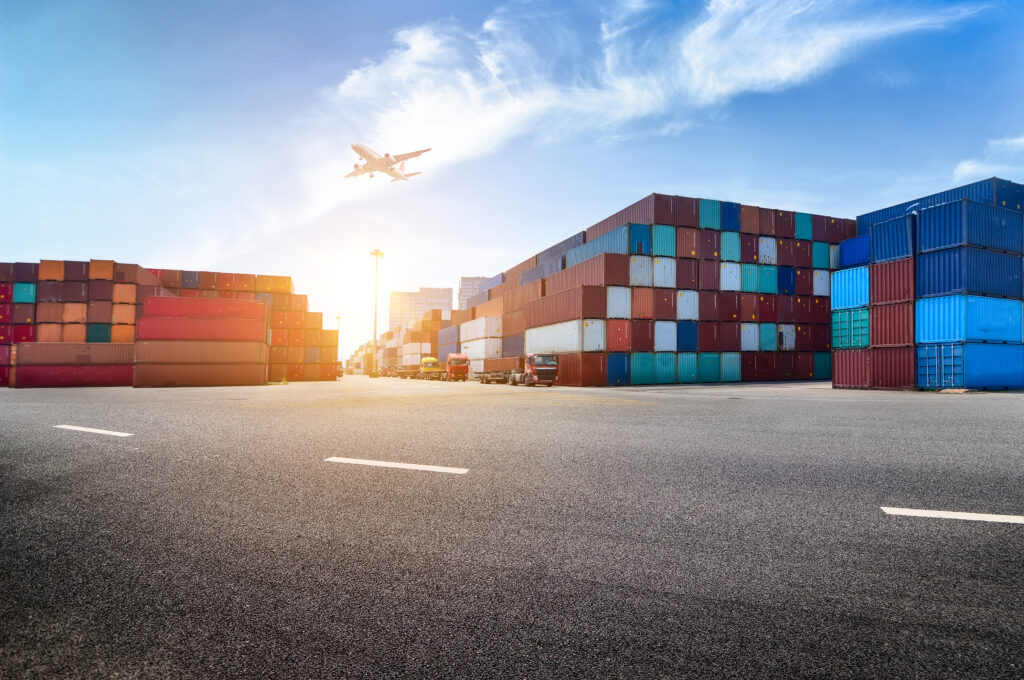
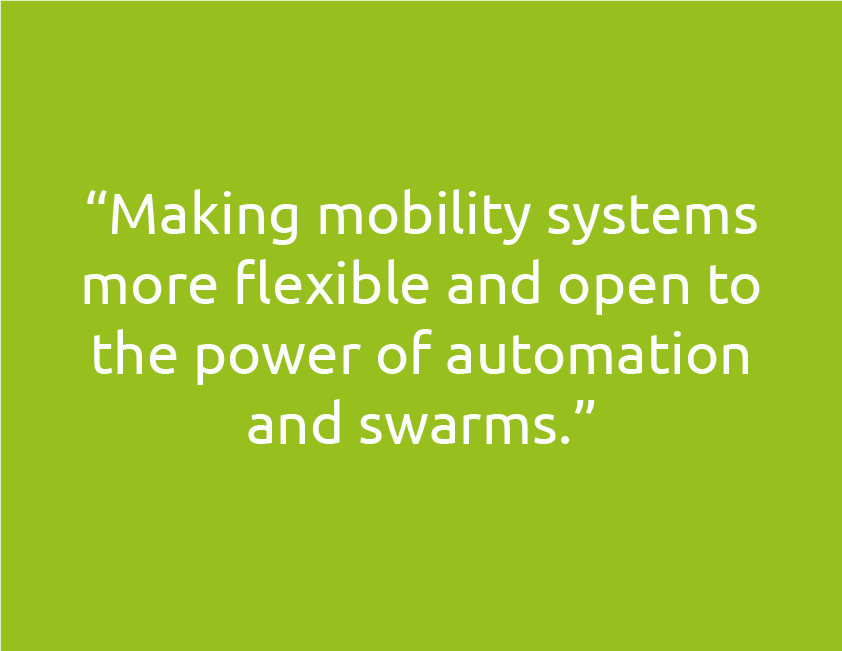
Use right-time information to optimize mobility
Information is generally structured in a hierarchical fashion in most logistical networks, with a central planning department being in control of all information streams. In practice, this can lead to information overload. We believe that networks can benefit from structuring information as a network, and relaying information to network members at the right time. This way, drivers can get insight into other trucks on or near their route, and packages themselves can continuously look for a more optimal path to their destination. For instance, a driver running behind on their delivery could share their burden with another driver who has an easier route, and is running out of packages.
Harness the collaborative power of swarms
As parts of the mobility domain are becoming more and more automated through self-driving cars and autonomous vehicles and drones, the ‘rules of the road’ seemingly become more complex. But other than human drivers, automated vehicles can seamlessly share information with their peers, akin to a school of fish or a flock of birds. This makes it possible to distribute certain aspects of prediction and decision making, which are computation-intensive for a single-vehicle. By creating zones which are only meant for autonomous vehicles (such as U-space for UAVs), vehicles within this zone can act as a swarm, thus lowering computational power per vehicle and increasing the effective range.
Create mobility systems which combine man and machine
One of the challenges in mobility today is to incorporate self-driving vehicles into a system where most vehicles are driven by humans. Similar challenges exist in the field of drones, with a general solution being to separate humans and machines as much as possible. We believe in the creation of technology which harmonizes the interaction between humans and machines and vice versa. In the former case, better prediction of human behaviour through AI, and influencing of said behaviour through signals and communication can prevent accidents when humans and self-driving vehicles drive on the same roads. In the latter case, creating transparent control systems and algorithms which make machine behaviour explainable to humans increases our own ability to work together with machines.
Projects
Almende aims to facilitate innovation. Click on one of the tiles below if you wish to learn more about one of our logistics projects.
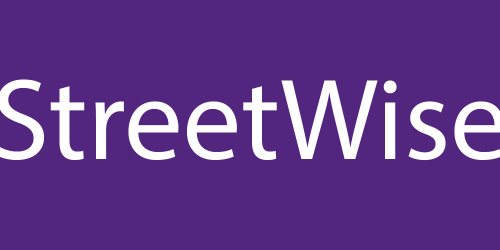
Streetwise
Connecting users with 'last mile' delivery agents to improve user experience and reduce delivery attempts.
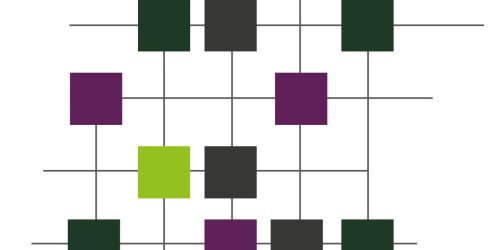
IAVTRM
Evaluating risks and benefits of automated driving in complex real-world scenarios

i-CAVE
Designing a system for vehicles that supports both automatic and manual driving
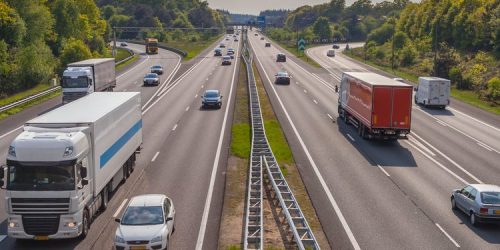
Complexity in logistics
Creating a resilient model for logistics to handle autonomous vehicle traffic.

SIISASC
An open, flexible planning system for collaboration between logistics networks

ACCUS
Integrating urban systems into systems-of-systems to improve cooperation and efficiency.
More info?
Need specific information regarding our logistics domain? Please contact our senior consultant for more information.





